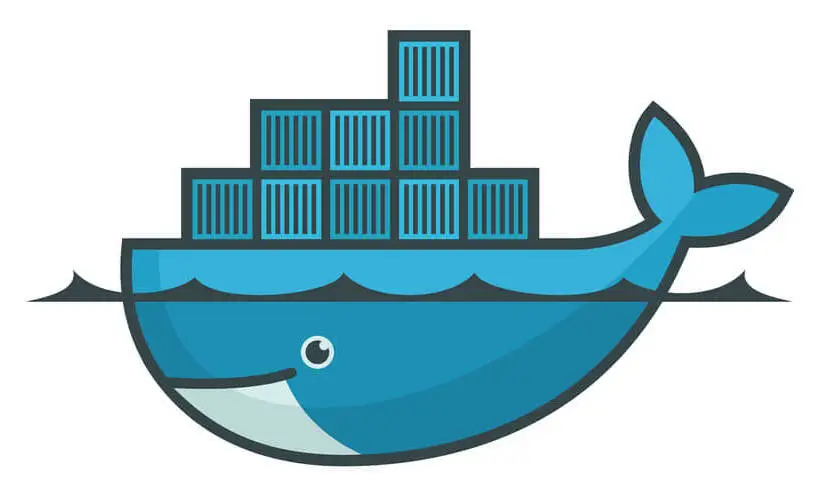Secure Docker Rootless Installation Guide | Comprehensive Steps
Docker Rootless is a feature that allows users to run Docker as a non-root user, providing a more secure way to use Docker on Linux systems. By default, Docker requires root privileges to run, which means that any process running inside the Docker container also has root privileges. This can be a security risk if the container is compromised or if there are vulnerabilities in the container software. With rootless installation, Docker operates in rootless mode, offering real isolation and reducing the chances of security problems.
Limitation of docker rootless
Docker rootless mode does not support all Docker features and capabilities that are available in the normal Docker root mode. Certain advanced features, such as managing network interfaces, mounting host volumes, and accessing certain system resources, may be restricted or not available in rootless mode. This means that some functionalities requiring full permissions are not accessible, and the rootless mode focuses more on isolation and reducing security risks. The Docker daemon and containers in rootless mode also have limitations regarding network and external IP configurations.
Prerequisites
To set up Docker in rootless mode, you need to meet several prerequisites. The rootless script will ask you to install the missing packages if any. This setup was tested on Ubuntu 22.04 TLS. In my case, the uidmap and the iptables packages were required. Understanding these prerequisites ensures a smooth installation and operation of Docker in rootless mode.
Installation docker rootless step by step
Installing Docker in rootless mode is very simple. We can curl the Docker rootless installation script and pipe it to the shell directly so the installation starts. This can be done with a single command. The installation process ensures that Docker operates without root access, mitigating potential security problems:
curl -fsSL https://get.docker.com/rootless | shThis will install the docker binary in the $HOME/bin/ directory. By default , we will not be able to execute docker without using the full path as this directory is not in the PATH which is is an environment variable on Unix-like operating systems that specifies the directories in which the shell looks for executable programs.
To get rid of this issue , we can export the path during the shell login by appending a simple line to the ~/.bashrc which is a shell script that is executed by the Bash shell every time a new interactive shell session is started for a user.
You can edit the file with any text editor like vi, nano e.g nano ~/.bashrc and add the following line
export PATH=$HOME/bin:$PATHWe have to append the docker rootless socket location to the same file so the executable can locate it correctly
export XDG_RUNTIME_DIR=$HOME/.docker/run
export PATH=$HOME/.local/bin:$PATH
export DOCKER_HOST=unix:////run/user/`id -u`/docker.sockNow save the file, logout from the shell then login again and you should be able to execute the docker correctly without using the full path.You can verify by executing
docker versionIt's also a good idea to check if the docker service is running using
systemctl --user status dockerif everything was installed correctly , the status of the service should be active
For reference, you can check the official docker rootless setup article.

Putting everything together
All steps can be automated using a single bash script.
Create a file called e.g docker-rootless-install.sh and add the following:
#!/bin/bash
#INSTALLING DOCKER ROOTLESS
if ! curl -fsSL https://get.docker.com/rootless | sh;then
echo "[-] Docker rootless installation failed"
exit 1
fi
#SETUP THE VARIABLES IN .BASHRC
USER_BASH_RC="$HOME/.bashrc"
if ! grep 'export PATH=$HOME/bin:$PATH' $USER_BASH_RC;then
echo 'export PATH=$HOME/bin:$PATH' | tee -a $USER_BASH_RC
fi
if ! grep 'export XDG_RUNTIME_DIR=$HOME/.docker/run' $USER_BASH_RC;then
echo 'export XDG_RUNTIME_DIR=$HOME/.docker/run' | tee -a $USER_BASH_RC
fi
if ! grep 'export DOCKER_HOST=unix:////run/user/`id -u`/docker.sock' $USER_BASH_RC;then
echo 'export DOCKER_HOST=unix:////run/user/`id -u`/docker.sock' | tee -a $USER_BASH_RC
fi
if systemctl --user is-active docker > /dev/null;then
echo "Docker service is running"
else
echo "Docker service is not running"
fiFinally assign the execution permission and execute the script
chmod +x docker-rootless-install.sh && ./docker-rootless-install.shDocker rootless opens up new possibilities for users who want to harness the power of containerization without the need for administrative privileges. By following the necessary prerequisites and successfully installing Docker in rootless mode, you can now leverage the benefits of containerization in a secure and controlled manner.


